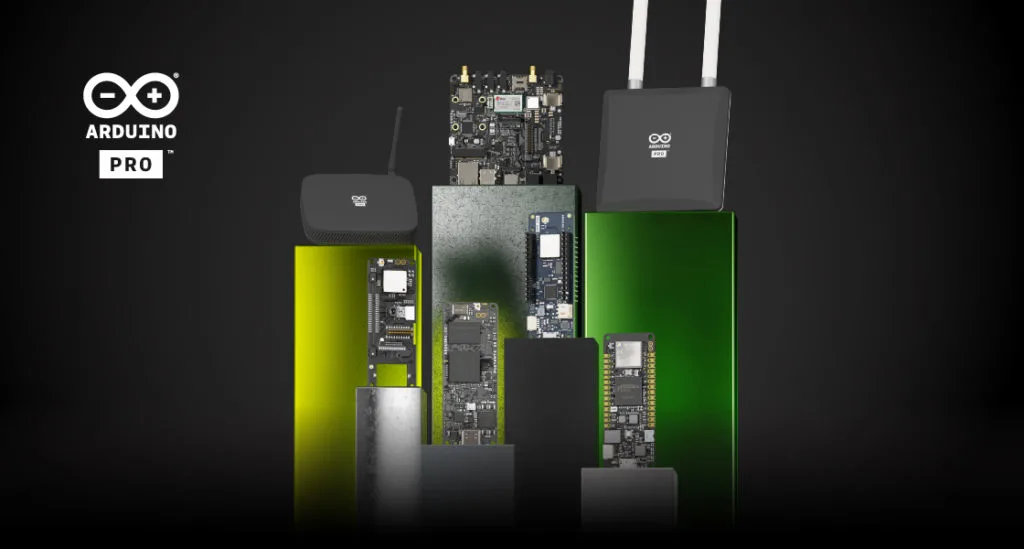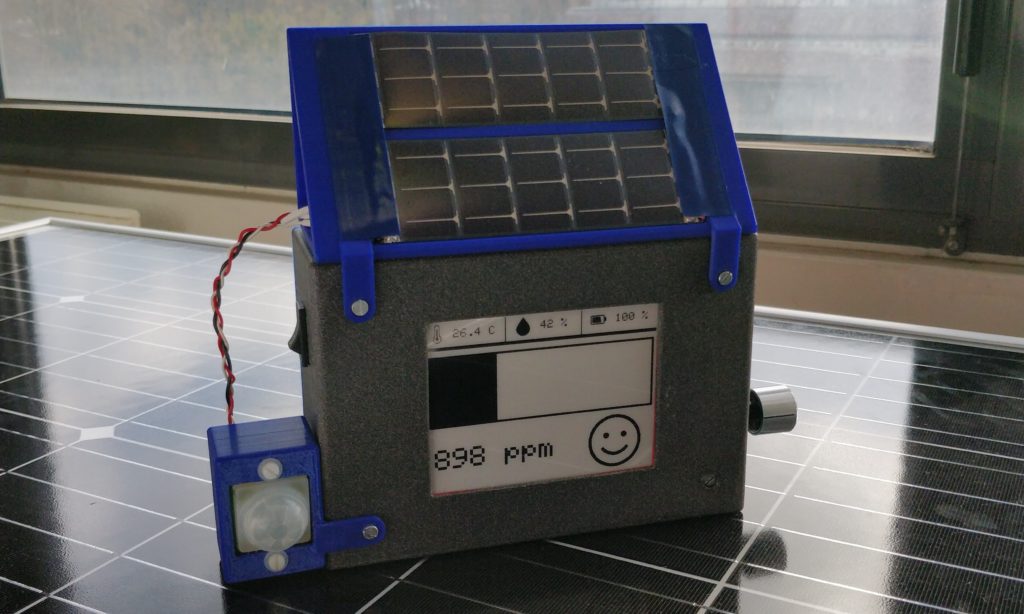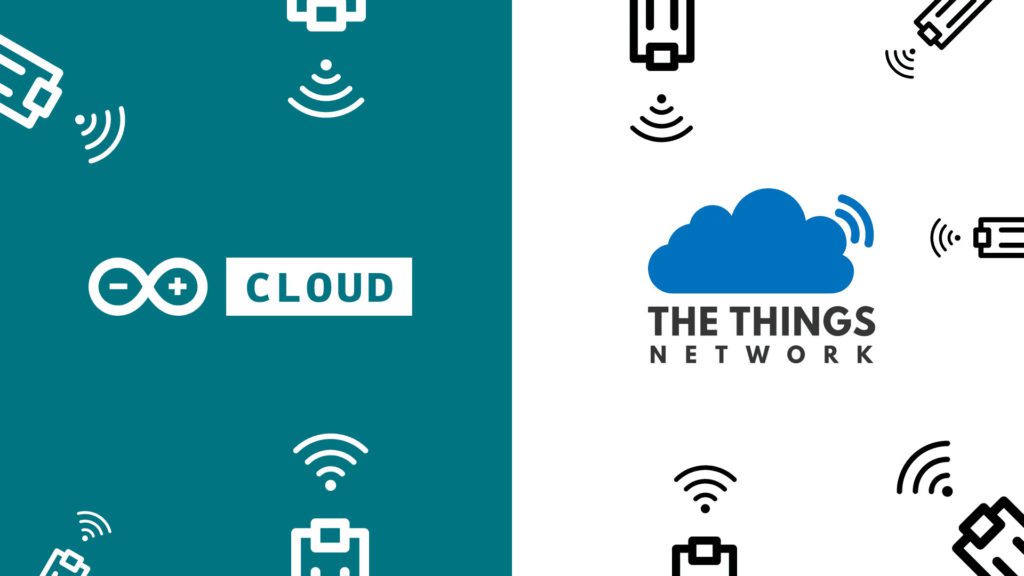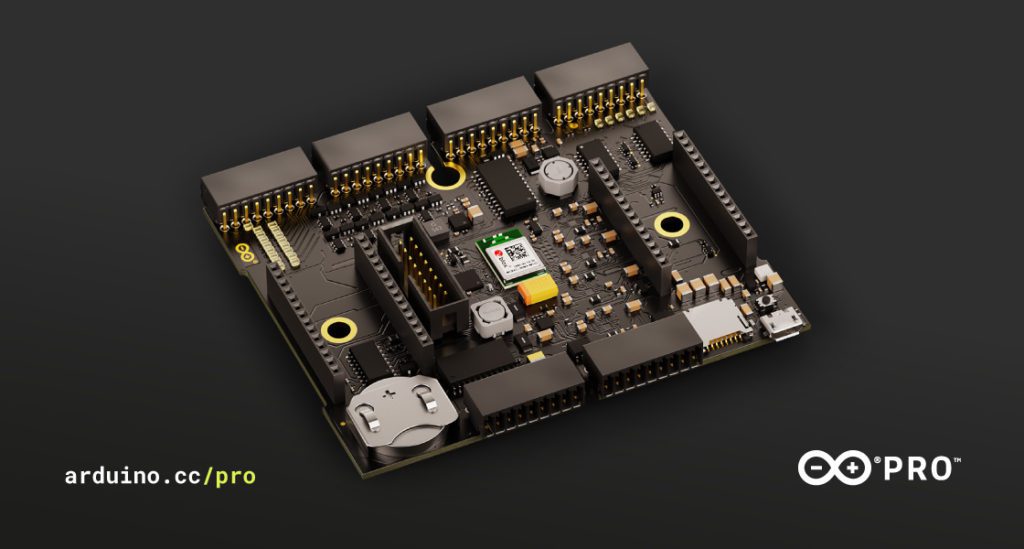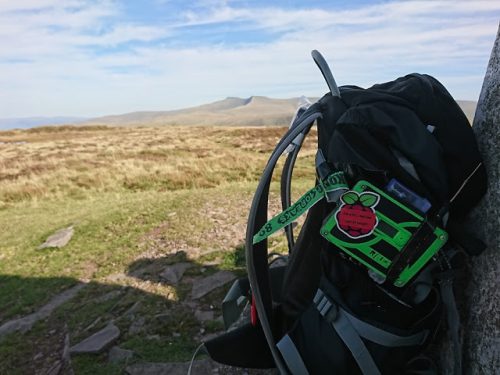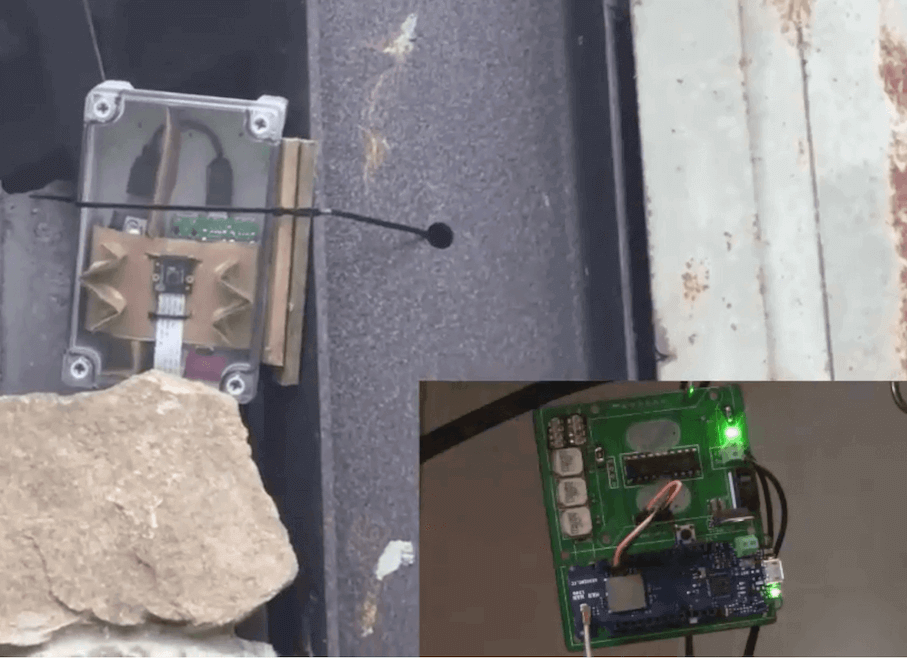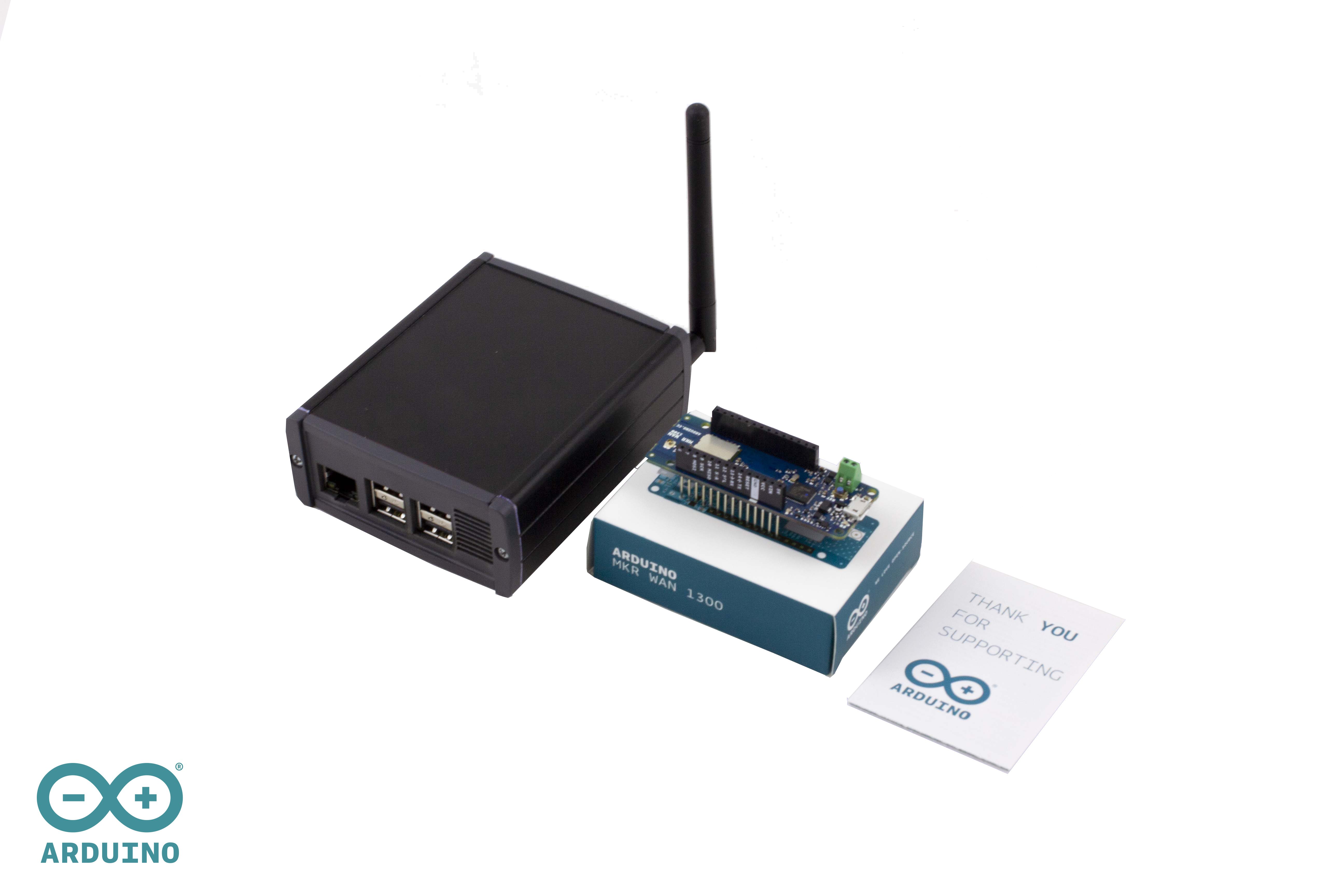Schlagwort: LoRa
-

Let’s connect at The Things Conference 2023
Reading Time: 4 minutesIt’s time to catch up on all things LoRaWAN® and low-power IoT! Our team is looking forward to returning to The Things Conference this year, joining all LoRa® key players in Amsterdam on September 21st-22nd. Our experts will be showcasing new products and applications relevant to the technology that is putting the…
-

Small, MKR WAN 1310-powered device monitors CO2 levels in classrooms
Reading Time: 2 minutesHumans are animals and like all animals, we evolved in mostly outdoor conditions where the air is nice and fresh. But modern society keeps most of us indoors the vast majority of the time, which could have negative health effects. There are many potential hazards, including a lack of sunlight and psychological…
-

Love LoRa®? So do we! Meet Arduino’s WisGate LoRaWAN® gateways
Reading Time: 3 minutesLove LoRa®? Wish it were easier to design and implement complete solutions with LoRaWAN® connectivity? Now it is. We’re happy to announce the launch of two new ready-to-use, industrial-grade gateways for LoRaWAN® connectivity for indoor and outdoor use, resulting from Arduino Pro’s partnership with RAKwireless™. The WisGate Edge Lite 2 and WisGate…
-

Connect to Arduino Cloud from far away with LoRaWAN and The Things Stack
Reading Time: 3 minutesThe Things Stack (TTS) and Arduino Cloud are now fully interfaced and open up a world of connected opportunities. When you configure a LoRaWAN device now, it’ll automatically be registered on The Things Stack platform, too. Arduino Cloud Goes Long Range Let’s have a quick crash course in LoRaWAN, before we go…
-

Sense the future of smart agriculture with Arduino Edge Control
Reading Time: 2 minutesArduino Team — April 22nd, 2021 The Arduino Pro lineup continues to grow with the introduction of the new Arduino Edge Control. This is a remote monitoring and control solution optimized for outdoor environments. Easy deployment makes it suitable for smart agriculture, precision farming, and other intelligent control applications in remote locations.…
-

LoRa made easy: Connect your devices to the Arduino IoT Cloud
Reading Time: 3 minutesLoRa made easy: Connect your devices to the Arduino IoT Cloud Arduino Team — January 31st, 2020 An important new feature is now available in the Arduino IoT Cloud — full support for LoRa® devices! LoRa® is one of our favorite emerging technologies for IoT because it enables long-range and low power…
-

Tracking the Brecon Beacons ultramarathon with a Raspberry Pi Zero
Reading Time: 3 minutesOn my holidays this year I enjoyed a walk in the Brecon Beacons. We set out nice and early, walked 22km through some of the best scenery in Britain, got a cup of tea from the snack van on the A470, and caught our bus home. “I enjoyed that walk,” I thought,…
-

LoRa security camera detects and transmits trespasser data
Reading Time: 2 minutesLoRa security camera detects and transmits trespasser data Arduino Team — July 4th, 2019 Security cameras are a great way to deter theft and vandalism, but what if the camera is out of WiFi range, or otherwise would need long cables to transmit pictures? As explained here, Tegwyn Twmffat has an interesting…
-

Arduino PRO Gateway for LoRa now available for pre-order
Reading Time: 2 minutesArduino PRO Gateway for LoRa now available for pre-order Arduino Team — November 14th, 2018 We are very happy to announce the Arduino PRO Gateway for LoRa! Combined with Arduino MKR WAN 1300 IoT nodes, it makes an ideal solution for a wide range of applications, like smart agriculture, smart cities and building…
